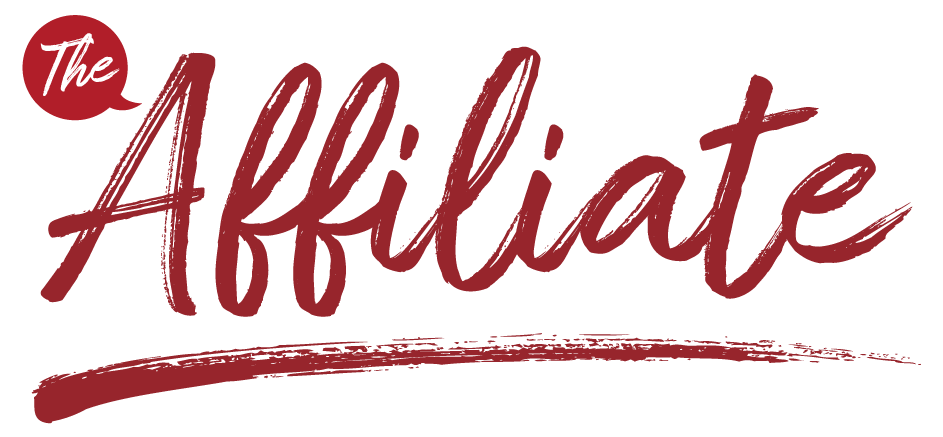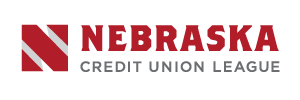Analysis offers limited perspective on disclosed overdraft program value
By CHERYL LAWSON, Executive Vice President of Compliance Review for JMFA
On December 1, 2021, the Consumer Financial Protection Bureau (CFPB) released the Data Point: Overdraft/NSF Fee Reliance Since 20151 report, which expands on their earlier Data Point: Checking Account Overdraft2, published in 2014. Data reviewed by the CFPB comes from the Consolidated Reports of Condition and Income, or “Call Reports,” which are submitted to the regulatory agencies. The CFPB’s analysis includes those banks and credit unions under their supervision, and those with assets over $1 billion.
Key points and observations
The report’s analysis indicates that aggregate Overdraft/NSF fee revenues for the largest financial institutions in the U.S. gained a small, steady increase of 1.7% annually between 2015 and 2019. Account maintenance fees also grew, but at a lower rate of .6% annually during those years. ATM fees declined during the period. Additionally, all aggregate fees fell in 2020 due to consumer behavior changes associated with the COVID-19 pandemic. Overdraft/NSF fee revenues declined most sharply at 26.2%. The granularity of fee data used by this Data Point was possible beginning in 2015 when Call Reports required that each of the three types of fees (overdraft/NSF, account maintenance and ATM) be reported distinctly. A total of 425 banks were analyzed using their annual fee data from 2015 to 2019. A smaller group of 238 banks was used for quarterly analysis. The two groups represented 97.2% and 90.7% of all overdraft/NSF fees, respectively.
There was a small increase in the growth of combined fee income from 65% to 66% between 2015 and 2018. It rose to 66.5% in 2019 and declined to 62.4% in 2020. The CFPB reports that the market is “stable and persistent,” especially before the COVID-19 pandemic of 2020. While overdraft/NSF fee revenues declined in 2020, the report does not prescribe whether the change in institutional policies and practices or consumer use patterns drove the decline. However, the report recognizes that consumer deposit balances and average checking account balances experienced a marked rise during the pandemic, in large part due to the stimulus payments received by consumers.
The report defines “reliance” as “the share of overdraft and NSF fees among the listed fees” at a given institution. Variance in “reliance” can occur because of several things, including:
- Different fee structures in use by various institutions
- The mix of consumers served
- Combination of consumer fees (primarily checking account) and non-transaction accounts (savings and money market deposits)
Analysis identifies the most fee-reliant institutions
Given these variables, the CFPB report recognizes that these differences could explain why banks appear to vary in their reliance on overdraft/NSF fee revenues. The report lists the top three fee-collecting banks in the analysis.
- JPMorgan Chase had the highest reliance at 68.1% in 2015 and 69% in 2019.
- Wells Fargo had the second-highest reliance at 58.6% in 2015 and 65.7% in 2019.
- Bank of America had the lowest reliance at 55.4% in 2015, which reduced to 51.6% in 2019.
CFPB weighs in on Data Point results
When the Data Point was released, prepared remarks from the Director of the CFPB, Rohit Chopra3, were critical of the report’s findings. “The reports show banks, including big banks, continue to rely on these fees as a major source of revenue. Rather than competing on transparent, upfront pricing, large financial institutions are still hooked on exploitative junk fees that can quickly drain a family’s bank account.” According to its leadership, the CFPB is planning to “take action against large financial institutions whose overdraft practices violate the law” which is their purpose and function.
The CFPB report shows that consumers consistently use overdraft services, and that usage is generally stable. Unfortunately, many CFPB-supervised financial institutions do not provide a disclosed overdraft solution with limits and transparent policies. The CFPB study does not include financial institutions that utilize JMFA’s fully disclosed solution. Instead, the CFPB refers to “exploitative junk fees” but does not give financial institutions any direction or support transparent, consumer-focused overdraft solutions.
Focus on consumer protection remains strong
A well-disclosed overdraft solution that complies with banking laws and regulations is an important banking strategy and highly valued by members. With the continued focus on transparency, it’s a responsible business practice to have simplified and effective communication with your members. Reviewing and evaluating your program’s communication impact is the best way to alleviate any confusion about how your program works and the fees associated with its use. And, with an experienced overdraft program provider, you’ll be able to navigate the complexities of the regulatory environment and mitigate any potential compliance issues.
Contact us today for more information or to schedule a review of your overdraft strategy.
ABOUT JMFA
JMFA is one of the most trusted names in overdraft consulting, focused on communication, transparency and improving client outcomes with a 100% compliant overdraft service. JMFA can help you deliver measurable results with proven solutions. To learn more, please Derrik Mather @ derrik.mather@jmfa.com or call us at (800) 809-2307.



